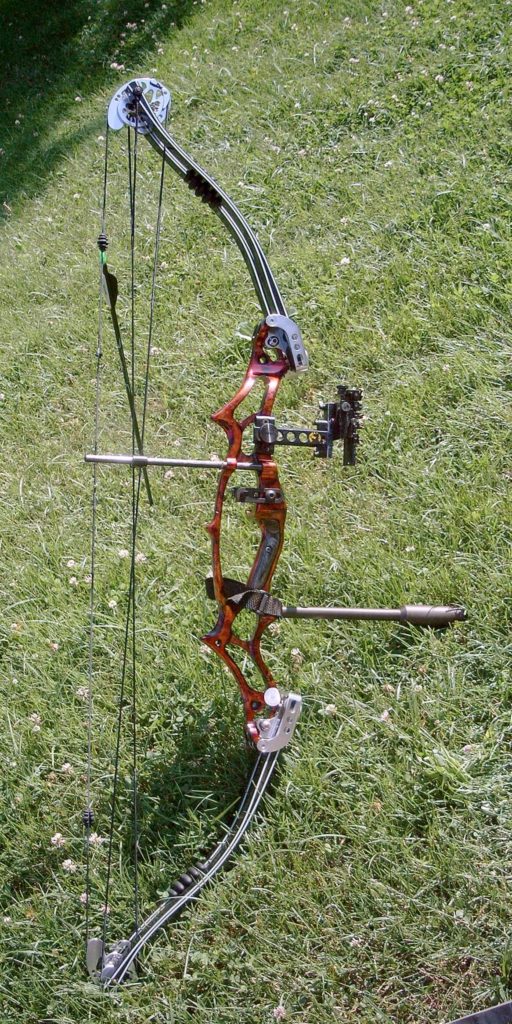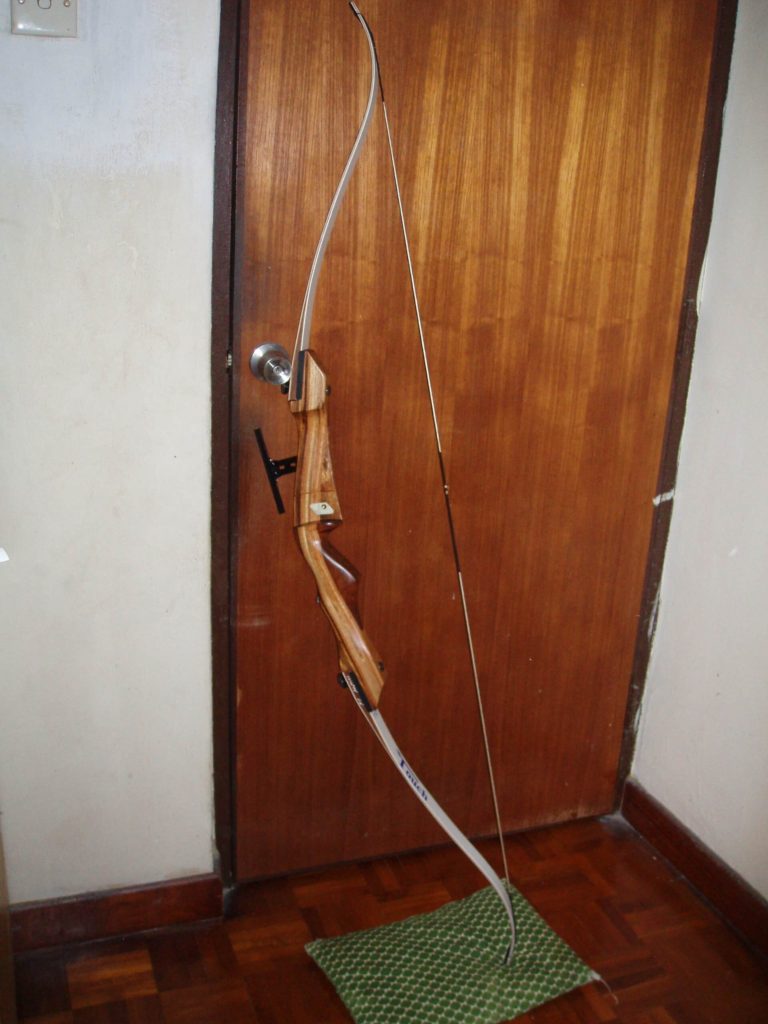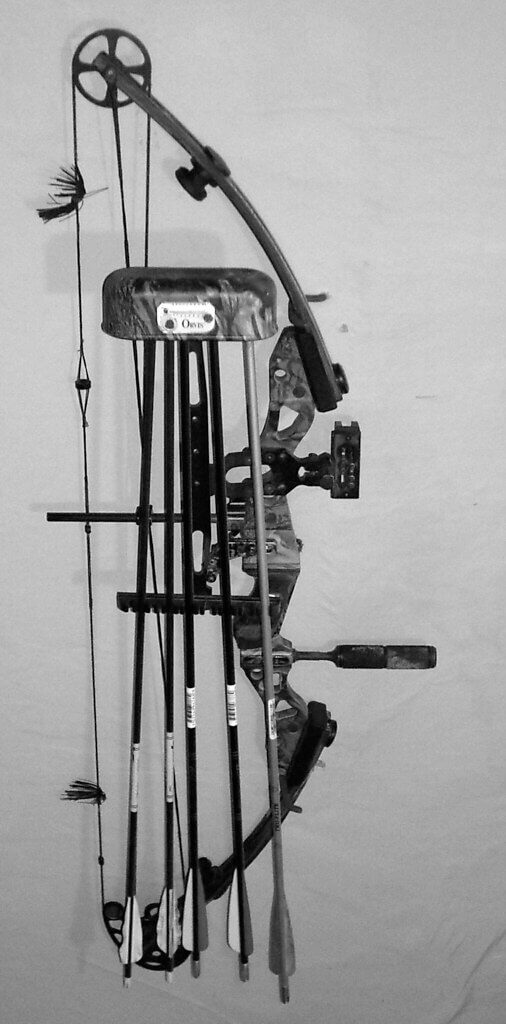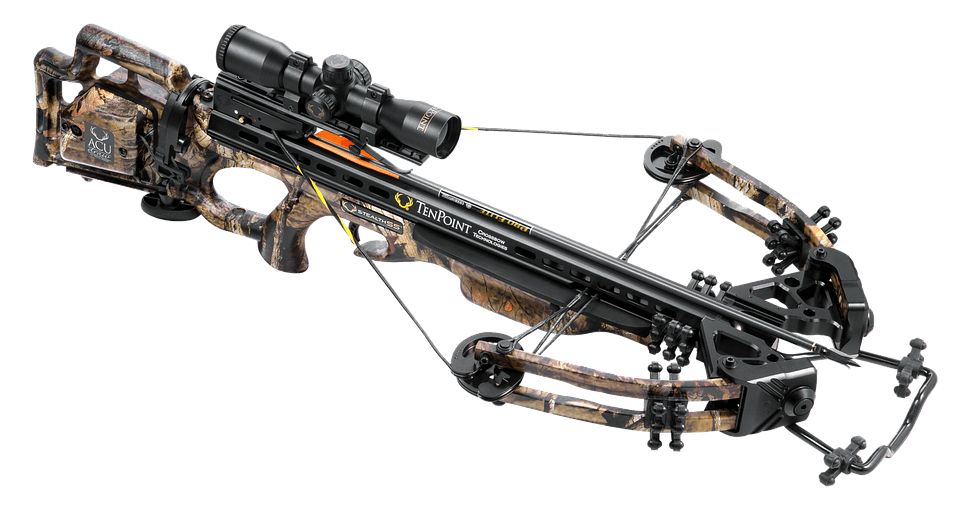How many types of bows are available for archery? have you ever wondered?
When most people think of bows, they see a very rustic piece of wood that holds a string. A very common type of medieval bow is the one that we see on TV. We also see this in the movies and in all kinds of media. You would be surprised that there are dozens of different bow types that you can use, but some of these bows have very specific purposes.
Today, I will be talking about the essentials on bows and the different types that are available. You might be surprised to see that there are plenty of bows for different purposes.
The different types of bows
The traditional bow

People use many modern bows for competition. The traditional bow continues to be part of the archery community in its many forms. These rustic and simple designs can still be quite accurate and the history behind them is quite fascinating.
The Longbow

This is one of the most iconic bows in history. This is mainly due to how useful it was in our evolution. English soldiers made use of the longbow since the 14th century. This weapon was very popular until firearms became the new weapons for warfare all over the world. The bow is about 5 feet in height without recurved limbs. This creates the well-known D shape that everyone knows. Wych elm and yew woods were the most common for this bow.
The Flatbow

The flatbow is also quite popular and known all over the world. The Native Americans also made use of this one. Some say this preceded the recurve bow that we know in modern times. With that said, there is no accurate data to back that claim. The design is flat and this allows for more flexibility. That level of flexibility seems ideal for some archers who want to achieve long-range shots.
The Kyudo Bow

This bow is a very special weapon that even spawned a unique and ancient martial art. This one has a similar look to the longbow. The main difference being that the Kyudo bow has a larger upper section. Archers felt it gave them more power and accuracy to use it this way. People can still practice this amazing art form in Japan.
Modern bows

The evolution of the bows has allowed for a large number of new models to come out on the market. Some of them became popular for competitive purposes, and others seem to be mostly for hunting. It’s important to understand the main differences between these bows. This allows you to figure out which one is going to be most useful for any archer.
The recurve bow

This is the official bow in the Olympics. It is known as the recurve bow because most of the curve goes toward the archer instead of going the opposite way. There is one long curve in the middle and then you have recurves on the top and bottom areas.
The recurve bow has several parts that turn it into a perfect weapon in terms of accuracy. The riser is the main part of the bow that is right in the middle of the bow. This is where the arrow rest and the bow grip are located.
The modern recurve bow

This is the modern version of the bow and it has magnesium parts with carbon fiber and aluminum. This is a high-end bow that is more expensive. With that said, the price is definitely justified by the quality of the components. It comes with stabilizers and silencers as well as pressure buttons, weights, clickers, and other details.
The compound bow

This is a completely different build. It uses a pulley system that gives the archer a more powerful shot when they draw the bow. The compound bow has a level of power that is impossible to achieve with a traditional system. That is the main reason why it is such a popular choice for hunting. A compound bow requires very detailed technical knowledge for maintenance, tuning and disassembly. Make sure that you are aware of the implications of owning one of these compound bows.
The crossbow

This moment when the bow turned into something resembling a firearm. The mechanism used in crossbows allow the string to latch in place once pulled. This means that you can fire the weapon without forcing the archer to hold the string tension.
There is also a smaller version of the crossbow known as the pistol crossbow. This is a single-hand bow and it has the same mechanisms of the large crossbow, but the distance is shorter due to the size.
There is also a compound version of the crossbow that gives the weapon even more power with a pulley system that gives the shot a significant increase in distance.
Specialist bows

Even with so many types of bows already mentioned, there are other bows called specialist bows. These bows seem to be common for very specific types of shots and their construction comes from a popular bow type with minor modifications to make them unique.
The Horse Bow

There is a very specific type of traditional bow often used for mounted archery. This is a barebow recurve with features that make it ideal for someone who is riding a horse while shooting.
The Flight Bow
This bow can shoot an arrow very far away. This means that the distance that the arrow is able to gain needs to be much higher than the average bow. These are modified compounds in most cases and that allows them to have more draw power.
The Foot Bow

You can fire this bow while lying on the ground by using your hands to draw the bowstring and your feet to hold the bow. This bow is quite common for flight archery due to the power it generates.
Common bow construction materials
There are many different materials used for the construction of bows. The following is a list of the most common types of materials to create bows.
The wooden bow
This is the most common and traditional type of bow. Most of these bows use bamboo, yew, rosewood, and wych elm.
The fiberglass bow
This is the most common bow that you will see due to how flexible it is and how durable it is when compared to wooden bows.
The composite bow
This type of bow is a mix of different materials. You are going to see some composite bows that have a combination of fiberglass and wood.
The laminated bow
This is the most common technique used to create bows in modern times. It involves the use of different layers of materials glued together to create an optimal level of flexibility and durability.
The solid glass bow
This is own of the most powerful bows in terms of durability and strength, but it does come with a much higher cost. It’s a high end bow for those who want to upgrade their archery equipment to the highest level.
Does my bow fit my size?
It might seem like all bows are fit for anyone. The truth is that your arm length, your strength and your overall body structure. When you use a bow that forces you to use strength that goes beyond a comfortable level, this is known as being over bowed. You need to find a bow that is going to be ideal for your size and strenght to avoid poor form and lack of control of your bow. This is going to have a heavy impact on your accuracy.
Bows for pros and for beginners
Choosing the right kind of bow for your needs is going to depend on your level of experience, but also on your budget. Even if you are new to archery, you might want to start with a fairly advanced or mid-level bow if you have the budget for it. The recommended bow for people getting started is the basic compound or recurve.
The difference in prices is going to come down to the materials used to build the bow. You are likely to find one that fits your needs within a reasonable price range, but it’s always a good idea to ask an experienced archer at the store in order to find the best fit.
Final thoughts
It doesn’t matter what kind of bow you decide to use as long as you are aware of the differences between the options you have. There is no need for certain types of bow for some activities, and there are some cases when only a specific type of bow is going to be good enough.
I recommend that you always take the time to look for someone who is experienced and they will give you the guidance you need to achieve the best results. Your first bow should make the learning experience easy for you and this is the reason why it’s important to get the right one.